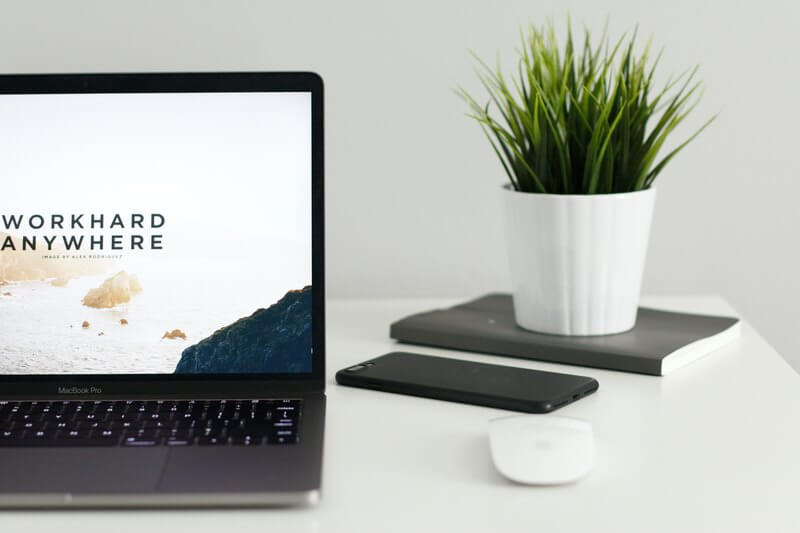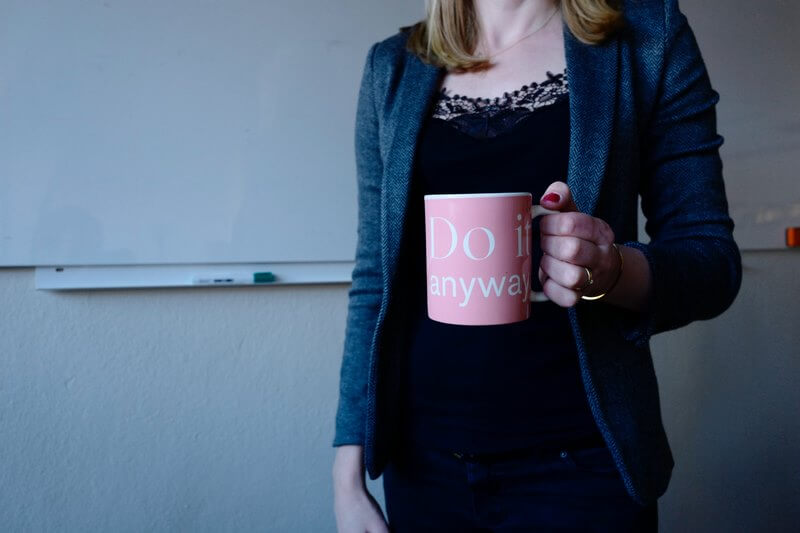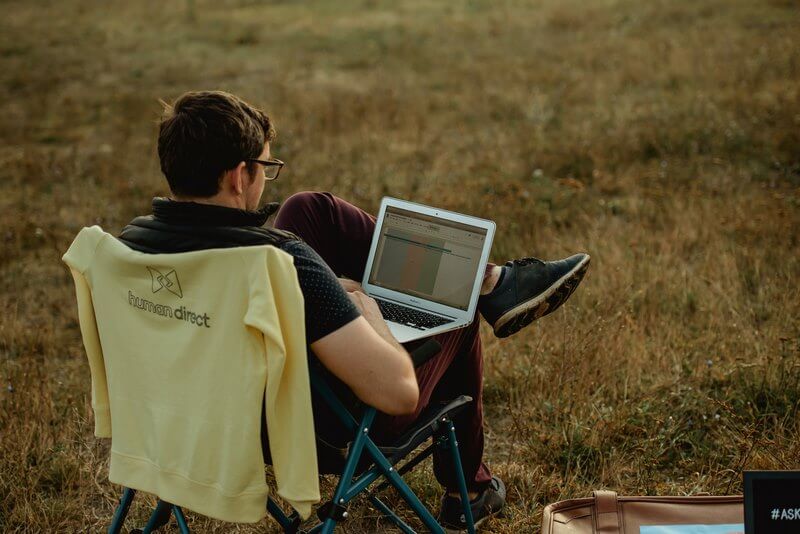
You are here
Let’s take a look at workforce resilience post-COVID. Lately, the service industry is buzzing about considerations for employees’ return to the office. Now that the pandemic is mostly de-escalating globally, leadership signals a return to business. Most organizations remained profitable through the pandemic due to strategic decisions and a dedicated workforce. Yes, there were ups and downs.
Jobs were lost because of the pandemic over the last two years, and some employees elected to leave corporate environments or jobs altogether. However, economies did not collapse. Now, we should examine returning to the workplace and the future of work. Recently, I published a blog on the meaning of employee resilience. Now, I’m sharing what we should be thinking about to develop workforce elasticity in the near term.

Location, location, location - anywhere
Workforce resilience post-COVID also means enabling Psychological Safety. An employee must feel that they can bring their whole self to work rather than align with job roles. Team collaboration overtakes hierarchical mores for a reason, regardless of cultural background. It gets things done faster and quicker and will improve outcomes. The challenge is whether companies will be flexible enough to build this type of resilience.
My experience in crises is that where an individual sits is less important than their contribution to mitigating damage and recovery. Knowledgable, empowered employees are far more valuable than where they sit in the leadership structure. We are moving towards a phase where knowledge, experience, and the ability to balance innovation and risk will outweigh the job title. Employees who lead with Emotional Intelligence can build trust, manage their stress, and display extraordinary resilience in crises. It won’t matter whether that person is in-office, operating from home, or is on the go.

Travel, conferences, and business imperative
Earlier this week, I read a LinkedIn News story that Business trips are making a comeback. According to the article, annual spending on corporate travel will reach 55% of 2019 levels by the end of the year. A variety of factors will influence this sector. First, there is a desire for people to get together. Humans are social creatures, and we assemble. We do best in groups, and that applies to business culture.
However, (there as to be a “but” right?) COVID resurgence is likely in the Fall and into the Winter seasons globally. The war in Ukraine, continued health concerns, and growing desire for green travel will influence the marketplace. Plus, most businesses proved they could effectively get work done remotely. Yes, some of that was out of necessity. But, the fact remains that organizations will be scrutinizing travel criticality in light of cost reductions, achieving organizational goals, and fulfilling work-life balance commitments. In light of this, resilience means flexibility and scrutiny to determine the actual business needs for profitability.

Work-life balance
Deloitte’s article Returning to work in the future of work suggests several opportunities for businesses to focus on future success. One is to design work for well-being to encourage employees to live and perform at their best. Linkages are naturally made to nurture people’s personal lives and connect them to the workplace. Sustainability is not only a consideration for renewable resources but also a workforce concept.
As resilience practitioners, we can model positive practices for others. Writing about Self-Care For Disaster Professionals forced me to review my practices in 2019. Overall, I’ve done well, but I know I need a refresh with everything I juggle today. Besides maintaining health and avoiding burnout, leaders must consider optics. I read another article that Workers (are) beating execs back to the office. It indicated that although management is asking employees to return to in-office work, they are not following suit. Workers surveyed with return mandates had double the stress and anxiety as their managers working remotely.

Talented Talent
Another aspect is the War for Talent. Gen Z is demanding a flexible workplace aligned with its values. They want flexibility in hours, the workplace, and career mobility. Companies that struggle to adapt will lose their competitive advantage. One challenge is shifting from a business only filling a role to seeing their talent as individual resources. I recommend that orgs encourage employees to build their Personal Brand that reasonably reflects the organizations they work for. No one wants to feel like a cog in a corporate machine but valued for their contributions.
Resilience in this aspect means organizations attract Talent through their lived values of DE&I, mission, and vision. They will keep Talent by enabling sustainable development opportunities rather than more lateral work, pay transparency, and maintaining a sense of purpose. In my opinion, many established companies will struggle to enculturate these attributes. Instead, it may take several years of Great Resignation experiences for Talent organizations to convince executives to show gratitude for their workforce. Businesses will increase their resilience capabilities by building a meaningful culture that sees employees as people, not numbers or labor.

Preparedness
So, you may be asking what all of this has to do with resilience. Resilience is not possible without a workforce that practices stress management and embraces flexibility and a growth mindset. The reason is that companies will not be as successful after the pandemic without having leveraged the lessons learned over the past few years. With a war raging in Eastern Europe with worldwide implications, employees are experiencing great uncertainty again. As employers, businesses should help their workforce adapt and gain tools to thrive in the future.
With an active hurricane season predicted for the US, building up workforce resilience now is good business. My blogs covered the reality that Snow Leopards are a real threat and crises are happening with increased frequency. Resilence professionals cannot only take systems and programmatic thinking into consideration but are best served by taking the people element into account. An approach of this nature brings employee experience and individual wellbeing into the resilience equation.
